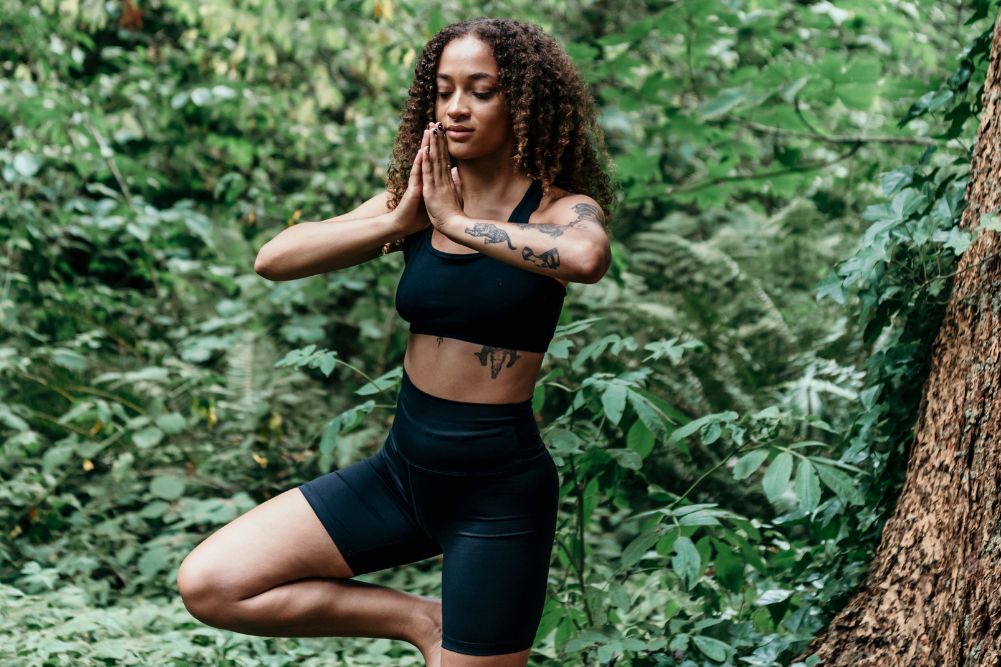What is cosmetic acupuncture?
Natural facial rejuvenation techniques have been around for more than 3000 years, having evolved in China as part of Traditional Chinese Medicine (TCM). Acupuncture was believes to be first incorporated into facial treatments during the Shui dynasty between 581 and 618 CE.
Anti-ageing facial rejuvenation treatments involve TCM diagnosis, acupuncture, acupressure massage, Chinese herbal medicine and topical application of Traditional Chinese Medicine creams. These treatments aim to improve not only your appearance but also your overall health.
What to expect during a cosmetic acupuncture session?
When you first visit a cosmetic acupuncturist, you will be asked a series of questions about your general health and the areas that are troubling you, such as any wrinkles, acne, freckles or scars.
Cosmetic TCM will also involve a tongue and pulse diagnosis. These diagnostic tools can help determine what is causing your skin imperfections or poor complexion. Skin problems are seen as a result of an imbalance in your internal organs.
An overall diagnosis will then be made based on TCM practices and will aim to correct imbalance in the whole body while treating the symptoms on your face. By treating your whole body, the cause of the problem, as well as the symptoms, is being addressed.
Before the actual acupuncture session, the practitioner will also offer dietary advice to improve your skin and general health. Chinese herbal medicine may also be prescribed.
The acupuncture treatment
The treatment itself will usually begin with a 10- to 15-minute massage. This may involve both hands, the use of a jade roller and gua sha (scraping technique). The massage is designed to increase the circulation of qi (energy) and blood to your face by focusing on specific acupuncture points.
The massage therapy is followed by the acupuncture. Facial acupuncture involves using very fine needles of the highest quality. Most people say they barely feel the needles being inserted — or don’t feel them at all. Different needling techniques will be used depending on the condition being treated.
Practitioners choose from a combination of traditional acupuncture points and what are called ashi points (where the practitioner needles the troubled area). Between five and 20 needles may be used on your face, depending on the type and extent of the condition being treated. As well as the facial acupuncture, needles will also be inserted in areas such as your arms and legs. This is to treat the underlying cause of your problems. The needles are left in for 15–30 minutes and most people find it quite relaxing. Facial acupuncture often feels stronger than non-facial acupuncture and it is very common for people to fall asleep.
After the needles are removed, a further massage follows using the gua sha and jade roller techniques. This helps flatten blemishes and spread the abundant qi flow that has been brought to your face by the acupuncture. At this stage a small, hammer-like instrument called a dermal hammer is often employed to further increase the circulation to your face.
Who can benefit from cosmetic acupuncture?
Cosmetic acupuncture is suitable for anyone who wants to take a holistic approach to his or her appearance. It’s suitable for both men and women of any age. However, ideally, it’s best to start it in your late twenties/early thirties to minimise the effects of facial ageing.
Is there a difference between acupuncture facelifts and Western cosmetic procedures?
Unlike Western cosmetic produces, acupuncture facelifts involve no recovery time. Cosmetic acupuncture is a completely natural process, does not produce any scar tissue and treats your whole body’s health rather than just the symptoms of an underlying imbalance.






